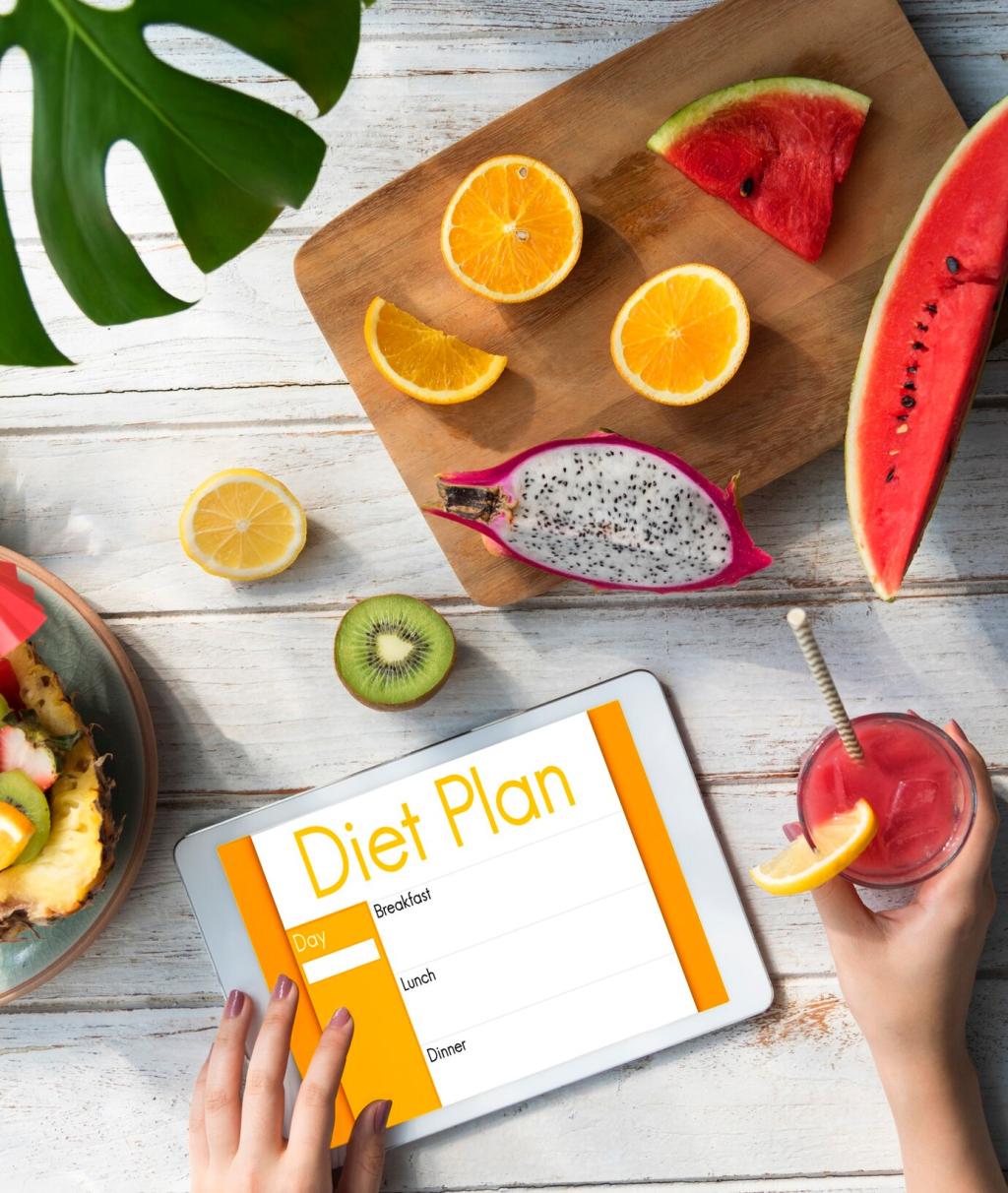
Fuel to Win: Nutritional Strategies for Enhancing Athletic Performance
Chosen theme: Nutritional Strategies for Enhancing Athletic Performance. Welcome to your performance kitchen—where science meets the plate, and small choices create big results. Explore smart, practical fueling that powers training adaptations, protects health, and elevates game day confidence. Subscribe and share your questions to guide our next deep dives.
Performance Fueling Foundations
01
Sprinters, rowers, and marathoners don’t eat the same way. Dial carbohydrates to match session intensity, choose proteins for repair and adaptation, and select fats for satiety and hormonal balance. Comment with your sport, and we’ll help translate the macro math into practical meals.
02
Underfueling can quietly drain performance, mood, and hormonal health. Track training load alongside appetite, sleep, and menstrual or libido signals. If fatigue lingers or progress stalls, increase energy availability. Ask for our checklist to spot early signs and prevent RED-S before it steals your season.
03
Match high-carb days to interval sessions and progressive overload phases, then pull back during deloads to avoid unnecessary surplus. Anchor protein evenly across meals, and adjust fiber around key workouts. Share your weekly schedule below, and we’ll suggest a simple fueling periodization template.


Hydration, Electrolytes, and the Heat Game
Weigh before and after training to estimate sweat loss; every kilogram down is roughly a liter of fluid. Replace most losses within hours, not immediately. During long sessions, aim for regular sips rather than heroic chugs. Share your typical climate, and we’ll suggest a starting fluid schedule.
Hydration, Electrolytes, and the Heat Game
Sweat sodium losses vary widely, from light to very salty sweaters. If you finish sessions crusted with salt or feel dizzy, experiment with higher sodium drinks or capsules. Track how you feel across heat, pace, and recovery. Ask for our quick guide to electrolyte ranges and use cases.
Micronutrients That Move the Needle

Low iron can flatten intervals and raise heart rate at easy paces. Monitor ferritin, especially for menstruating athletes and high-mileage runners. Pair iron-rich foods with vitamin C, and manage timing around calcium or coffee. Ask your questions on testing intervals, and we’ll share practical benchmarks.
Your gut adapts to what you repeatedly ask it to do. Practice taking thirty to ninety grams of carbohydrates per hour during long runs or rides. Start conservative, increase gradually, and log symptoms. Share your current tolerance, and we’ll map a progressive plan for your next cycle.
